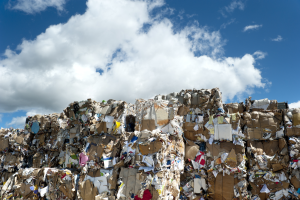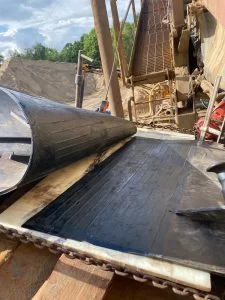One of the most fundamental parts of the metal fabrication process is recycling, as the vast majority of metal used in construction and manufacture has been used before.
The reasons for this are obvious; recycling reduces air pollution by 86 per cent, water pollution by 76 per cent and uses a quarter of the energy it takes to smelt virgin iron ore, with aluminium recycling using only five per cent of the energy it takes to make virgin aluminium.
Metal recycling has existed since the bronze age in one form or another and as a result, has led to some exceptionally fascinating facts and stories about the process and people behind it.
Three-Quarters Of Aluminium Ever Mined Is Still In Circulation
Metal recycling was one of the first materials ever to be reused and a significant reason for this is that many metals can be recycled easily and endlessly just by melting it down.
Aluminium, in particular, is exceptionally easy and quick to recycle, and the benefits are exceptionally pronounced, with 20 aluminium tins being made using the energy it takes to make just one from raw materials.
As well as this, aluminium can be recycled so quickly and efficiently it can be back on shelves as a new product in just 60 days.
Because of this, and the ease at which it can be sorted and picked, the vast majority of aluminium that has ever been mined and refined from bauxite still exists in circulation, and the drinks can you recycle has been recycled dozens if not hundreds of times previously.
A Quarter Of Each Car Is Made From Recycled Steel
When we think about metal recycling, one of the first images that comes to mind is the idea of the car crusher, where cars are stripped of all non-metal parts, crushed and eventually shredded to make new metal parts.
As a result, a quarter of each car by weight is made of recycled steel, with another quarter being made up of recyclable components such as liquids and electrical parts.
Wartime Posters Claimed Bottle Tops Could Build A Lancaster Bomber
One of the biggest and most aggressive recycling campaigns in history was enacted during the Second World War, with nearly every possible recyclable item collected and salvaged to make weapons, ammunition and aircraft.
One particularly fascinating poster campaign involved the Avro Lancaster Bomber, a heavy bomber craft that was at the time seen as the most important part of the eventual victory of the Allies.
They suggested that if all of the milk bottle tops in England were salvaged, it could save enough scrap metal to make ten Lancaster Bombers, and this, along with other similar adverts made recycling not only beneficial for the planet and economically sound but also a patriotic duty.
This, along with ‘Make do and Mend’ became a rallying cry for the Home Front, and was seen as a way for people who could not actually fight or be conscripted to feel like they were contributing a little bit towards victory.




